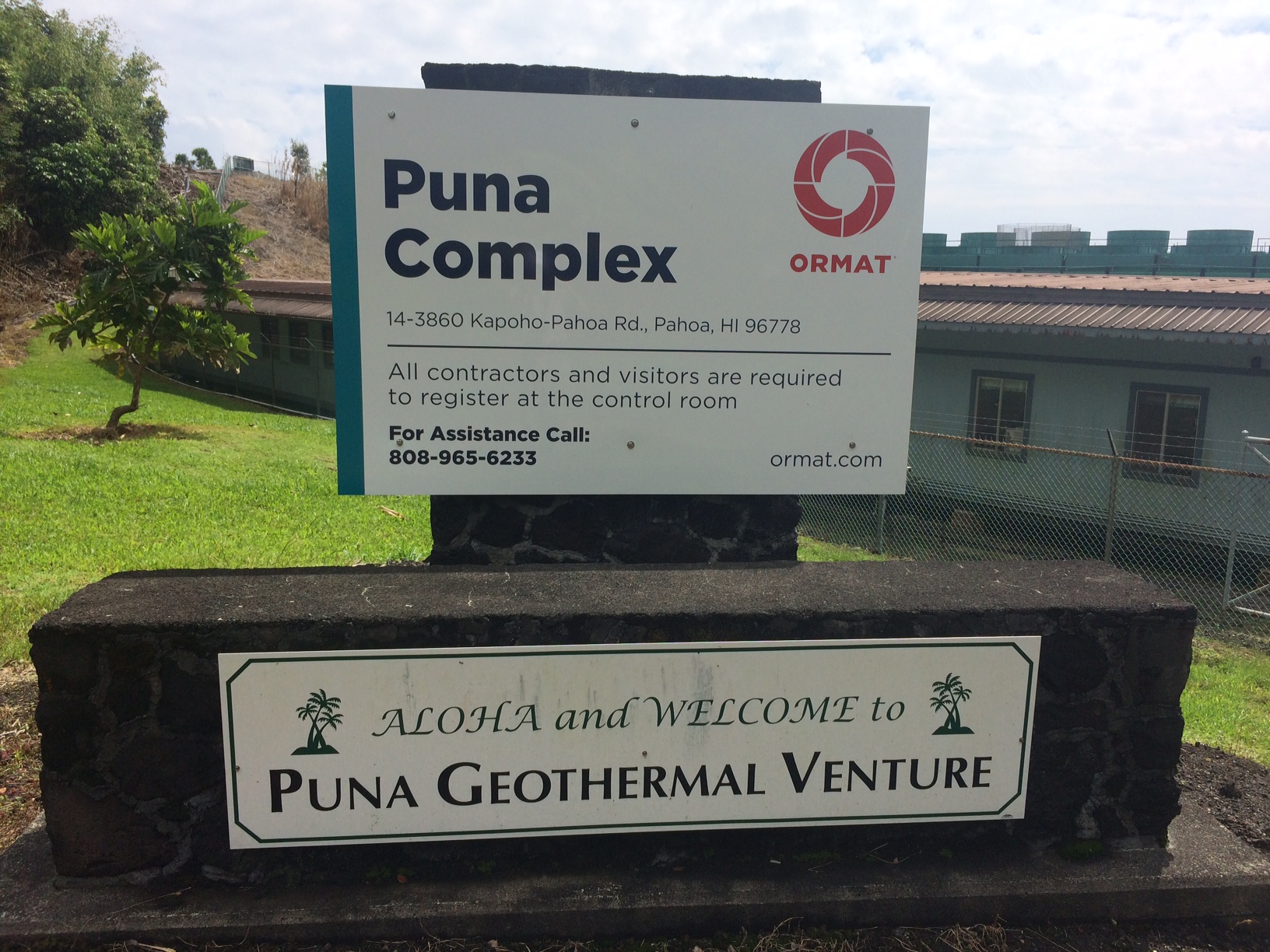Puna Geothermal Venture (PGV) will host a public comment meeting Thursday, June 1st from 4:30 to 7:30 p.m. at the Pahoa Neighborhood Facility, 15-2906 Pahoa Village Road, Pāhoa, HI 96778. The meeting will provide background information and an opportunity for public comment regarding PGV’s Draft Environmental Impact Statement (DEIS), which was prepared in connection with the proposed Puna Geothermal Repower Project (“the Project”). The DEIS was published in the Environmental Notice on May 8, 2023.
The session will begin with an informational open house from 4:30-5:20 p.m., opening remarks at 5:20 p.m., and from 5:30-7:30 p.m., oral comments will be accepted (to be recorded via audio and video).
“During the open house, representatives will be available to answer questions and provide information about the purpose of the Project and the DEIS,” said Michael Kaleikini, Ormat’s senior director, Hawaiʻi Affairs. “Following, there will be ample time for all to make their comments for the record,” said Kaleikini.
The public comment period on the DEIS is open until June 22, 2022. Comments can be made in person at the June 1 meeting or can be submitted in writing at the meeting, via email to michele.lefebvre@stantecgs.com and planning@hawaiicounty.gov, or mailed to Michele Lefebvre, P.O. Box 191, Hilo, HI 96721 and County of Hawaii Planning Department, Aupuni Center, 101 Pauahi Street, Suite 3, Hilo, HI 96720. All substantive comments will be addressed in the next phase of the process, which is preparation of the Final Environmental Impact Statement (EIS).
On March 16, 2022, the Public Utilities Commission (PUC) approved an amended contract between PGV and Hawaiian Electric, with the condition that PGV perform an EIS. Stantec, a contractor working for PGV, began work on the EIS in early 2022. The EIS’s two action alternatives were developed in coordination with the County of Hawaiʻi Planning Department and the Hawaiʻi Energy Office. The 8 megawatt (MW) increase alternative is based on the amount of geothermal energy production approved by the PUC in the amended contract, and the 60 MW total production alternative is based on the amount of energy allowed by the Geothermal Resource Permit issued by the County of Hawaiʻi.
Following development of the alternatives, Stantec identified the need for five baseline reports: (1) air quality; (2) noise; (3) biological resources; (4) archaeology; and (5) cultural impacts. These technical studies are incorporated into the DEIS. In total, the DEIS analyzes potential impacts from the two action alternatives, and also a “no action” alternative, to the following 12 resources: geology; hydrology; air quality and climate change; noise; biological resources; socioeconomics and environmental justice; historic resources; cultural practices; aesthetics; hazardous materials and solid waste; public health and safety; and transportation and access. The DEIS describes potential direct, indirect, and cumulative impacts to these resources, and identifies potential protection and mitigation measures that should be implemented to minimize or avoid potential impacts.
The Project would be constructed within the current PGV facility fence line, replace current units with more efficient and quieter equipment, and increase capacity of the geothermal plant from 38 to 46 megawatts. Under the amended contract, pricing for energy would be decoupled from oil costs with no escalation. “With the Project, we will be able to produce clean energy more efficiently for Hawaiʻi Island. Geothermal is a firm source of renewable energy and is a key part of meeting the state’s goal of 100 percent clean energy by 2045,” said Kaleikini.
The full DEIS is available here. The appendices can be found here.
More information about the EIS process can also be found on PGV’s website:https://punageothermalproject.com/eis/


